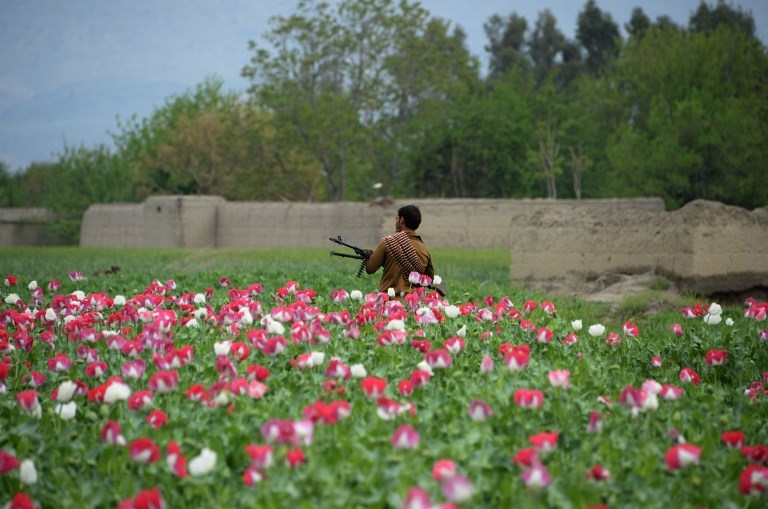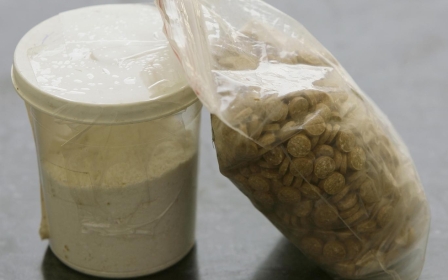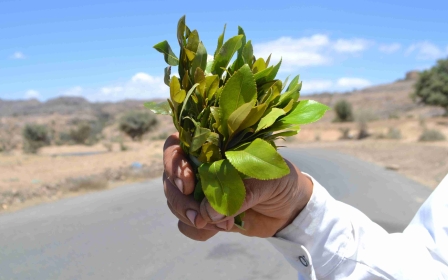Number of drug addicts in Iran doubles in six years

The number of drug addicts in Iran has more than doubled in six years, with opium the country's most popular narcotic, local media reported Sunday.
"There are about 2.8 million people regularly consuming drugs" in the country of 80 million people, Drug Control Organisation spokesman Parviz Afshar told the ISNA news agency.
Citing experts from the health ministry, Iran's Welfare Organisation and his own agency, Afshar said the number of drug users was up from 1.3 million six years ago.
He said opium made up 67 percent of consumption, with marijuana and its derivatives accounting for 12 percent and methamphetamine around 8 percent of the total.
"Opium is still the most popular [drug] and methamphetamine use has dropped significantly," he said.
Iran's neighbour Afghanistan produces some 90 percent of the world's opium, which is extracted from poppy resin and refined to make heroin.
Opium production surged significantly after the United States and its allies invaded Afghanistan in 2001 and overthrew the ruling Taliban.
Iran is a major transit point for Afghan-produced opiates heading to Europe and beyond.
Opium production surged significantly after the United States and its allies invaded Afghanistan in 2001 and overthrew the ruling Taliban.
By its last year in power, the Taliban had slashed opium output to just 185 tonnes a year, according to United Nations estimates.
But the UN says Afghan production has since rocketed, hitting between 4,800 and 6,000 tonnes in 2016.
Last year's bumper crop, aided by better weather, pushed world opium output up by a third on the previous year and helped fund an intensifying Taliban insurgency.
That is despite a decade of international efforts to stabilise the country and billions of dollars spent on persuading Afghan farmers to grow other crops.
The UN's crime and drugs agency said Thursday that the global narcotics market is "thriving" with opiates causing tens of thousands of avoidable deaths a year.
Middle East Eye propose une couverture et une analyse indépendantes et incomparables du Moyen-Orient, de l’Afrique du Nord et d’autres régions du monde. Pour en savoir plus sur la reprise de ce contenu et les frais qui s’appliquent, veuillez remplir ce formulaire [en anglais]. Pour en savoir plus sur MEE, cliquez ici [en anglais].




